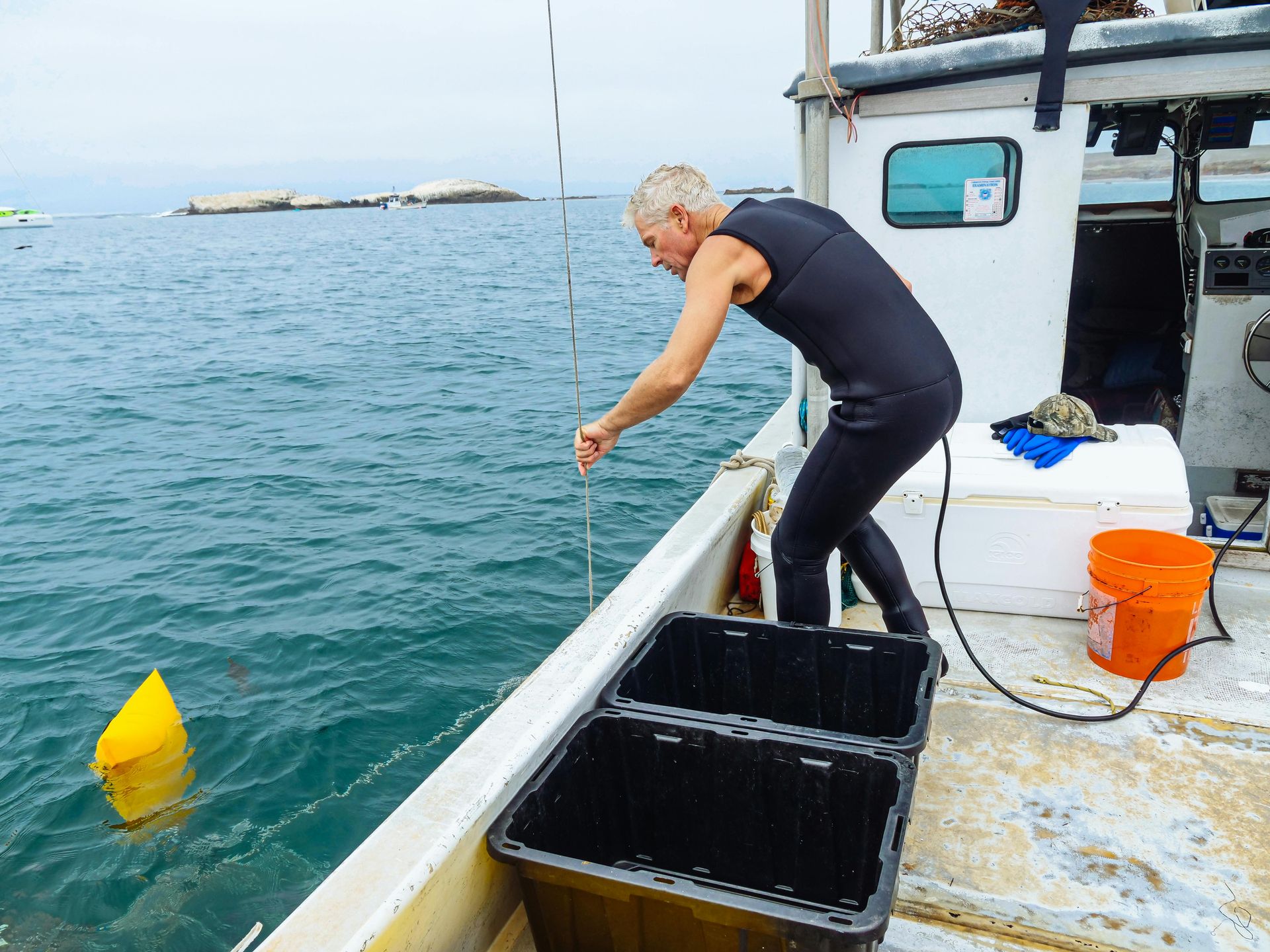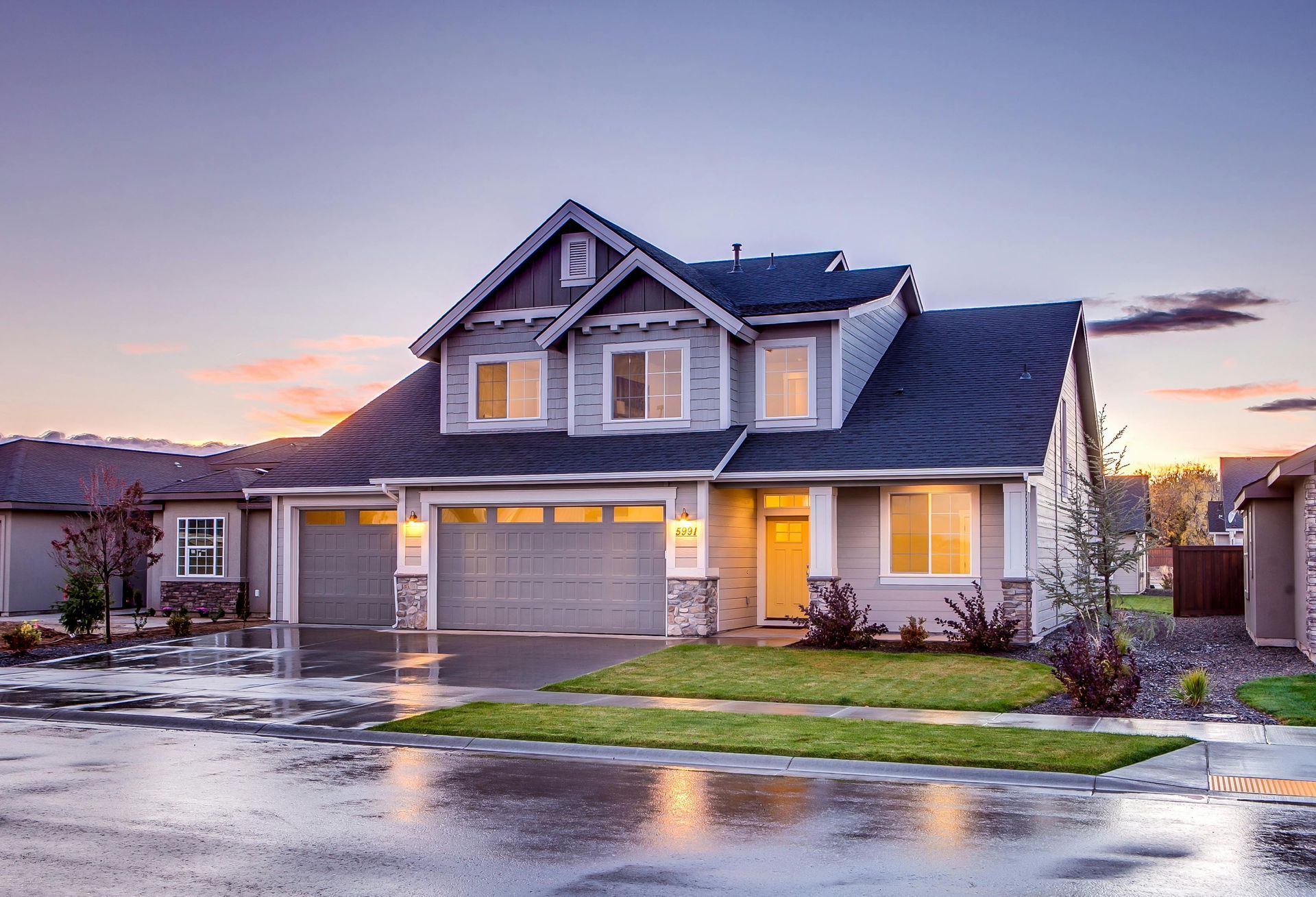Adams & Associates - Learn with Us
Drone Insurance in Hawaii: What Businesses and Organizations Need to Know
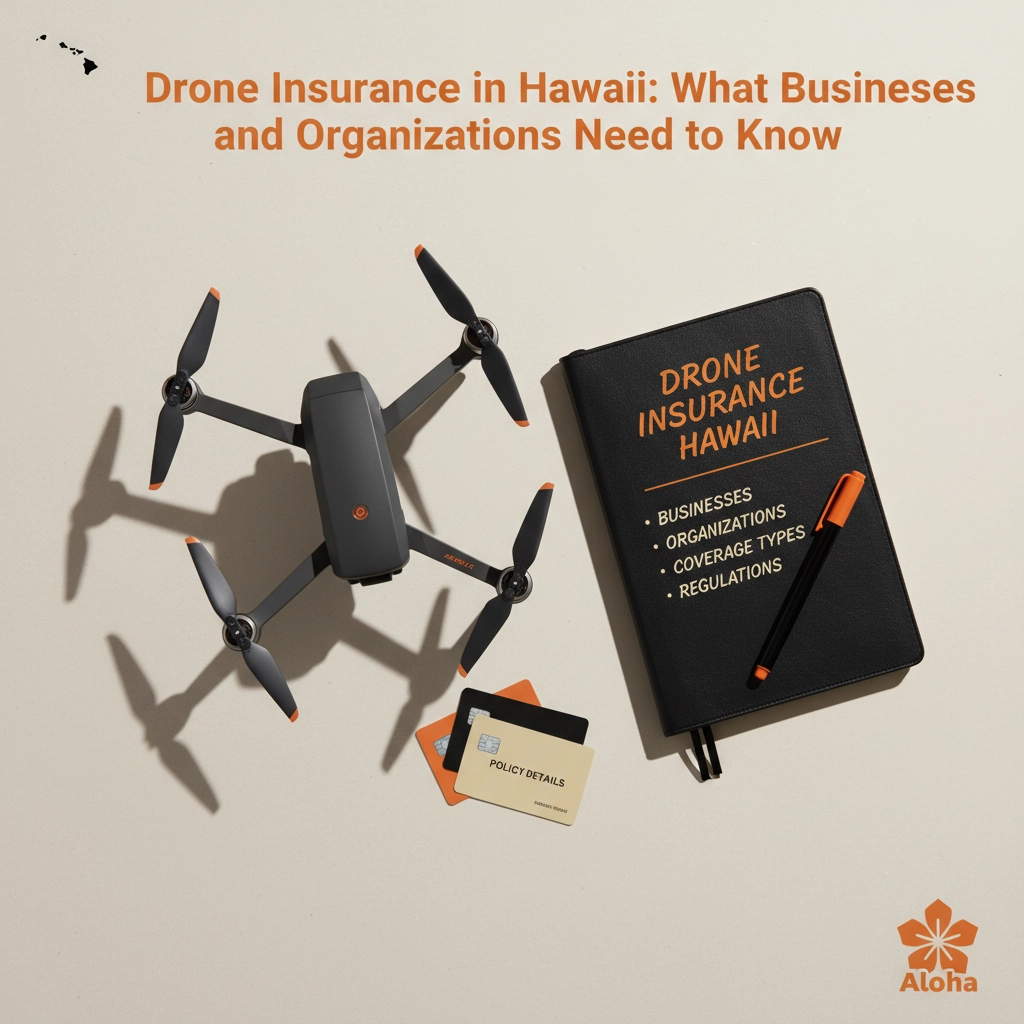
Drones are everywhere in Hawaii these days. From real estate photography to agricultural monitoring, construction inspections to nonprofit fundraising events, businesses across the islands are discovering how useful these flying machines can be. But here's something many operators don't realize: flying a drone for business in Hawaii comes with specific insurance requirements that could cost you big if you're not prepared.
Let's break down everything you need to know about drone insurance in the Aloha State.
Why Drone Insurance Matters More Than You Think
Think about it this way: your drone is flying over people, property, and potentially sensitive areas. What happens if something goes wrong? A mechanical failure, pilot error, or even a bird strike could send your drone crashing into someone's car, a building, or worse: a person.
Without proper insurance, you're personally responsible for any damage or injuries your drone causes. In Hawaii, where property values are high and tourism is everywhere, even a small accident could result in massive financial liability.
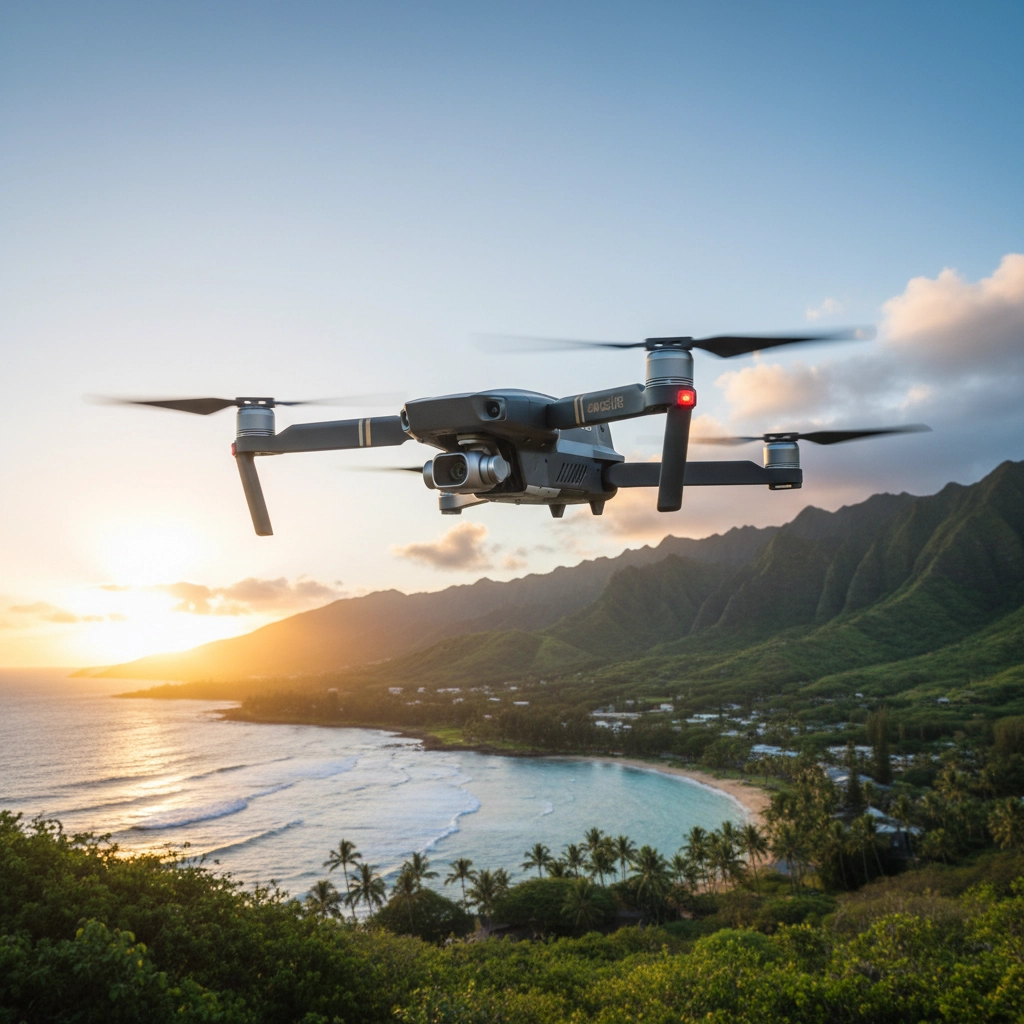
Hawaii's Specific Requirements: What Makes Us Different
Here's where Hawaii gets interesting. Unlike many states that don't require drone insurance at all, Hawaii has specific requirements for certain commercial operations.
The Big Number: $2 Million
For film production and many commercial activities, Hawaii requires drone operators to carry at least $2 million in liability coverage per occurrence. That's not a typo: two million dollars.
Additional Insured Requirements
Hawaii also requires something called "additional insured" coverage. This means the State of Hawaii, including all its departments, agencies, officers, employees, and agents, must be specifically named on your insurance policy. This protects the state from liability if your drone operation goes sideways.
Documentation Requirements
You can't just say you have insurance: you need to prove it. Hawaii requires either:
- An endorsement added to your general liability policy with separate drone coverage documentation
- A complete aviation-specific insurance policy from carriers like Global Aerospace
Types of Drone Insurance You Need to Know About
Hull Insurance: Protecting Your Investment
This covers physical damage to your drone itself. We're talking crashes, malfunctions, theft, or those dreaded "flyaway" incidents where your drone just disappears into the Pacific sunset.
For commercial-grade drones that can cost $5,000 to $20,000, hull insurance typically runs $200 to $500 annually. When you consider replacing a high-end drone, it's a no-brainer.
Liability Insurance: The Big One
This is your protection against third-party claims: when your drone hurts someone or damages their property. In Hawaii's tourist-heavy environment, this coverage is absolutely critical.
Liability coverage typically starts at $500,000, but given Hawaii's requirements, you'll likely need much more. The good news? Even $2 million in coverage is surprisingly affordable for most businesses.
Payload Insurance: Don't Forget Your Gear
That expensive camera, thermal sensor, or surveying equipment attached to your drone? It's not automatically covered. Payload insurance protects specialized equipment that isn't included in standard drone coverage.
What It Actually Costs
Let's talk real numbers. Combined liability and equipment coverage typically runs $1,200 to $2,500 annually for most commercial operations. That breaks down to roughly $100 to $200 per month: probably less than you spend on coffee.
Cost factors include:
- Type and value of your drone
- How you use it (real estate vs. construction vs. agriculture)
- Your experience level as a pilot
- Coverage limits you choose
- Your claims history
Getting Your Part 107 Certificate: The Legal Requirement
Before you even think about insurance, you need your Part 107 Remote Pilot Certificate from the FAA. This is non-negotiable for any commercial drone operation in Hawaii.
The process involves:
- Studying aeronautical knowledge
- Passing a written exam at an FAA testing center
- Completing background checks
- Renewing every two years
Practical Tips for Hawaii Drone Operators
Start with a Risk Assessment
Before every flight, ask yourself:
- What could go wrong?
- Who or what could be affected?
- Do I have proper coverage for this specific operation?
Document Everything
Keep detailed records of:
- Flight logs and locations
- Equipment maintenance
- Insurance certificates
- Pilot certifications
Know Your Restricted Areas
Hawaii has numerous military installations, airports, and sensitive areas. Check airspace restrictions before every flight using apps like B4UFLY.
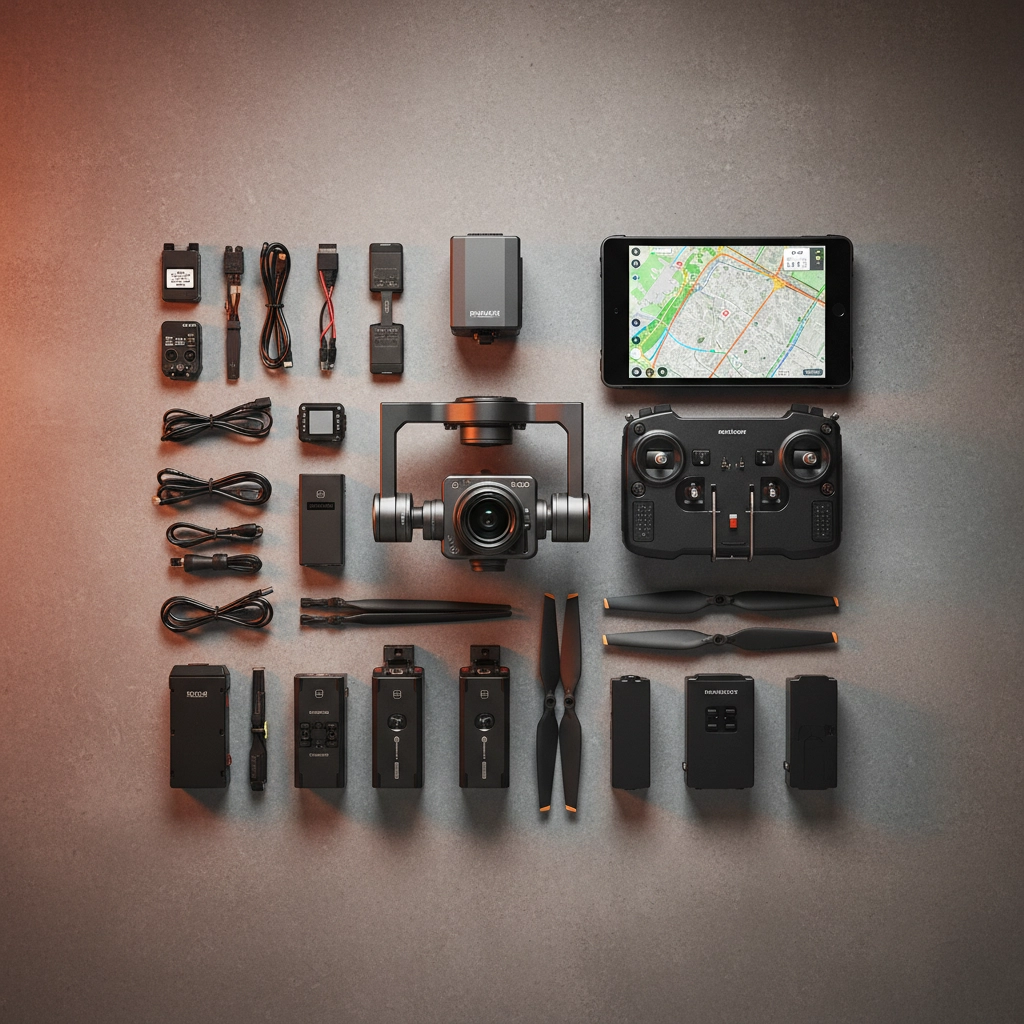
Common Insurance Mistakes to Avoid
Assuming Your General Liability Covers Drones
Most standard business insurance policies specifically exclude aircraft: including drones. You need specialized coverage.
Buying Only Hull Insurance
Protecting your drone is important, but liability coverage is where the real financial risk lies. Don't skimp on liability limits.
Forgetting About Payload Coverage
That $10,000 camera isn't covered under basic drone insurance. List all expensive equipment specifically.
Operating Without Certificates
Flying commercially without proper FAA certification invalidates most insurance policies.
Industry-Specific Considerations
Real Estate Photography
You're often flying over expensive properties and populated areas. Focus on liability coverage and make sure your policy covers routine commercial photography.
Construction and Inspection
Higher risk operations need higher coverage limits. Consider additional coverage for professional liability if you're providing inspection reports.
Agriculture and Surveying
Remote operations might seem safer, but equipment protection becomes more important when you're flying over vast areas.
Nonprofit Events
Even charitable organizations need proper coverage when using drones for fundraising videos or event documentation.
Questions to Ask Your Insurance Provider
When shopping for drone insurance in Hawaii, ask:
- Does this policy meet Hawaii's $2 million requirement?
- Can you add the State of Hawaii as additional insured?
- What specific activities are covered under this policy?
- Are there any altitude or geographic restrictions?
- How quickly can you provide certificates for permit applications?
The Bottom Line
Drone insurance in Hawaii isn't just a good idea: for many operations, it's legally required. The $2 million liability requirement might seem intimidating, but the actual cost is reasonable when you consider the protection it provides.
Think of insurance as business protection, not just an expense. One accident without coverage could shut down your operation permanently. With proper coverage, you can focus on growing your business instead of worrying about worst-case scenarios.
Getting Started with Coverage
Ready to get properly insured? The process is straightforward:
- Get your Part 107 certificate first
- Document your equipment and operations
- Shop for policies that meet Hawaii's requirements
- Work with an agent who understands drone insurance
- Keep your certificates current and accessible
Remember, every commercial drone operation in Hawaii is different. What works for a real estate photographer won't necessarily work for an agricultural surveyor. That's why working with insurance professionals who understand both drones and Hawaii's unique requirements makes all the difference.
At Adams & Associates, we help Hawaii businesses and organizations find the right drone insurance coverage for their specific needs. Whether you're just starting out or expanding existing operations, we can customize coverage that meets state requirements while protecting your business investment.
Don't let insurance requirements ground your drone business. With the right coverage in place, you can focus on what you do best: capturing Hawaii's beauty from above while building a successful operation.






